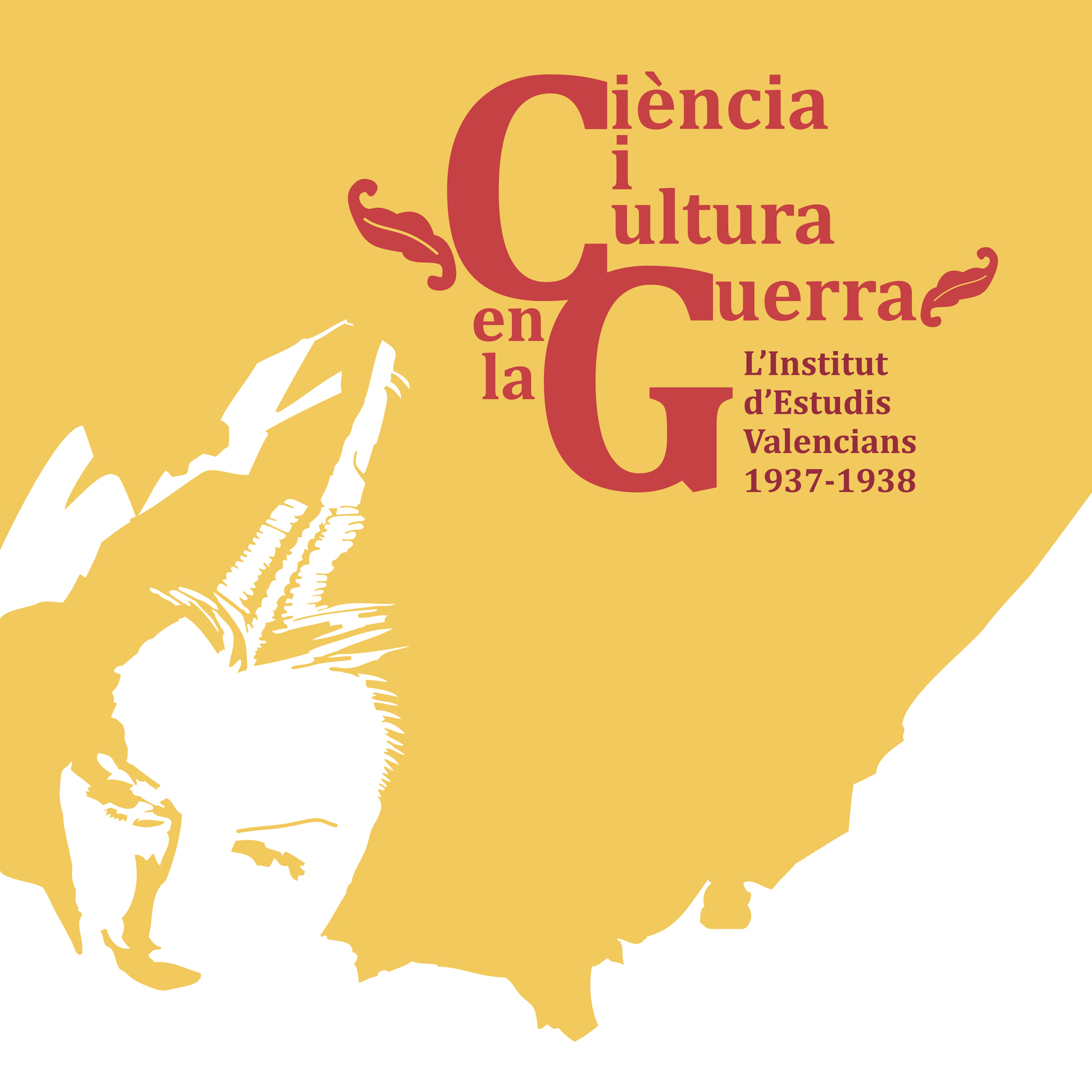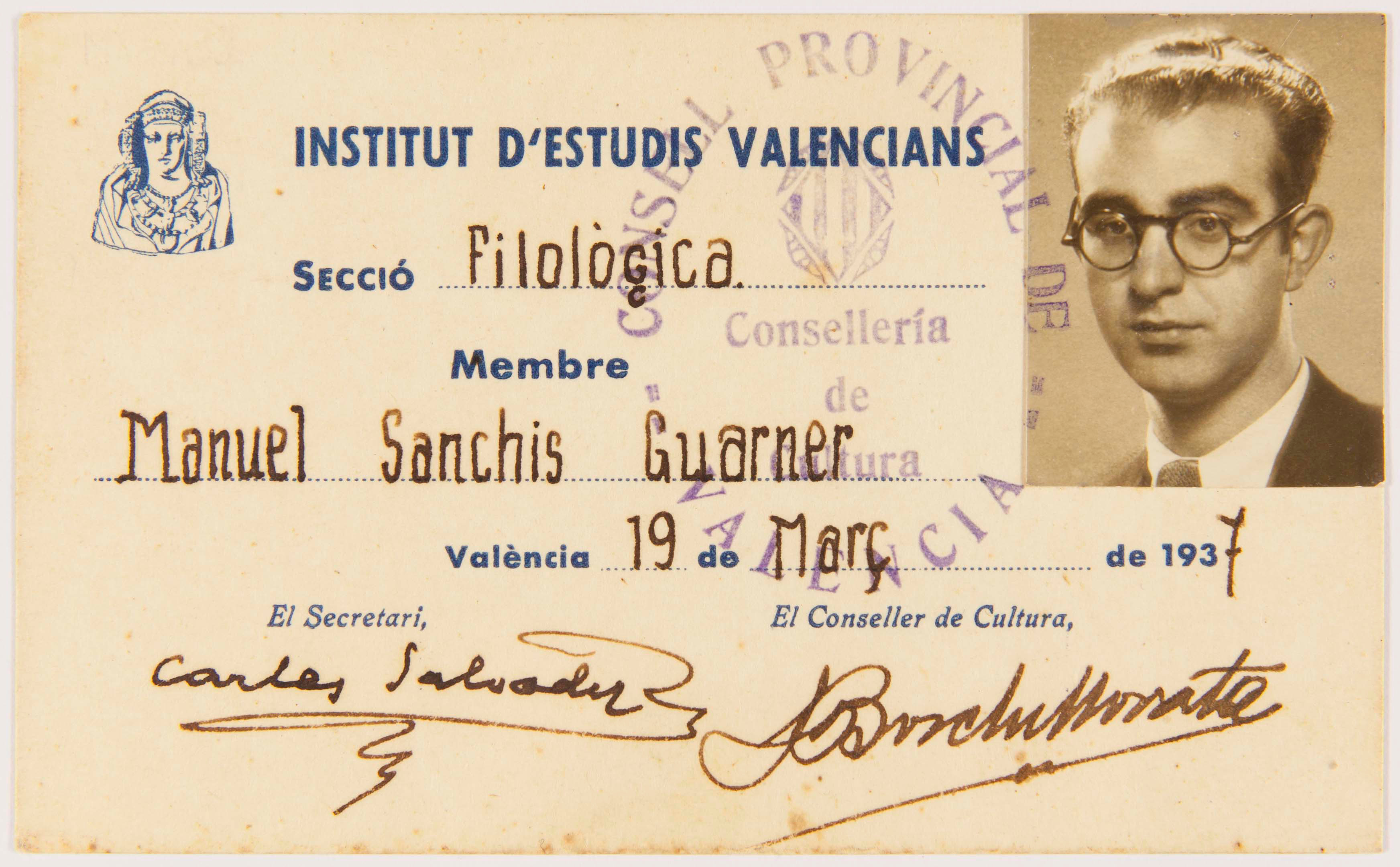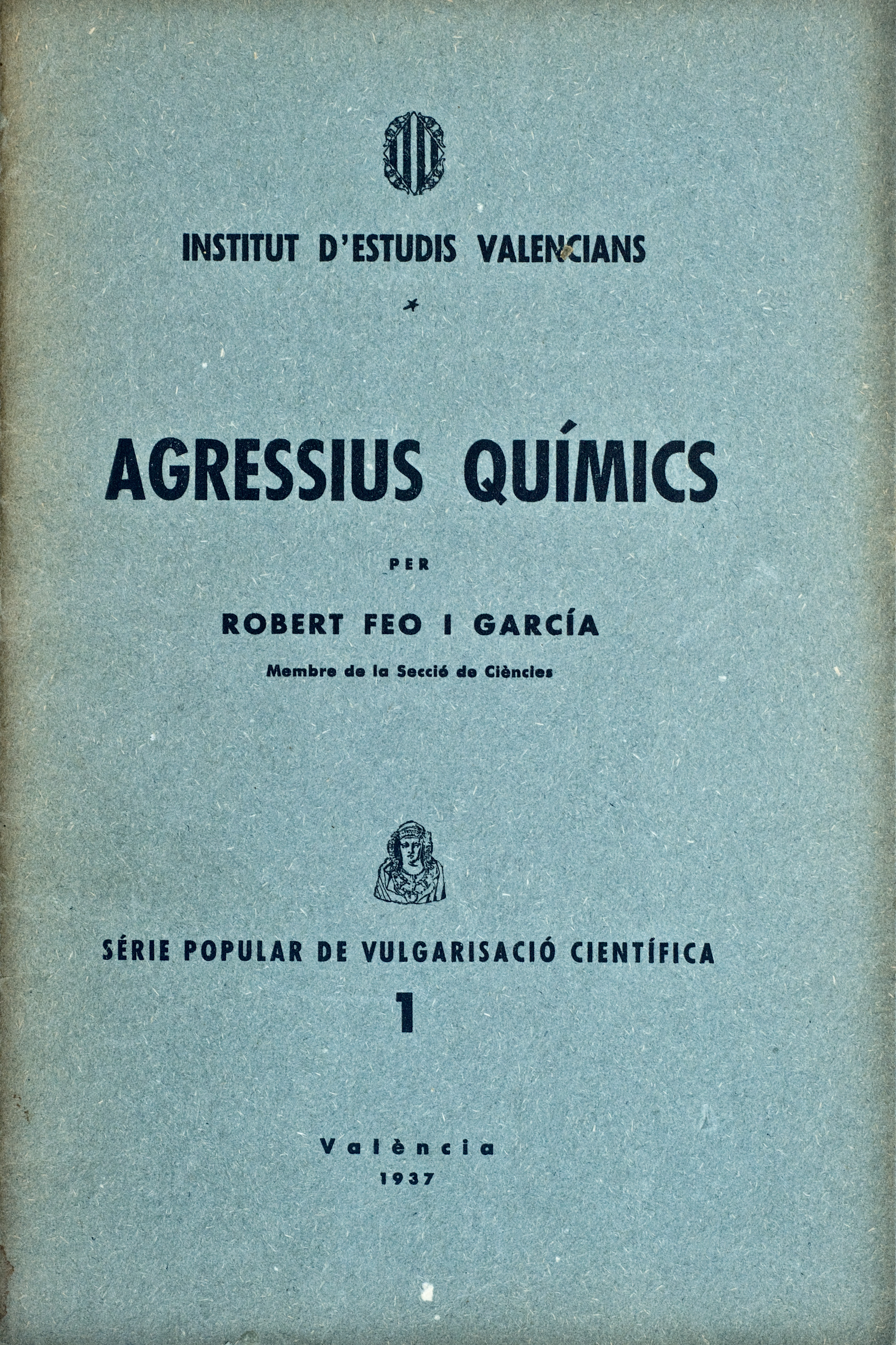Science and culture in war times. The Institute of Valencians Studies. 1937 - 1938

The Institute of Valencian Studies, which acted in extraordinary circumstances between 1937 and 1938, was an ambitious project that implies a challenge for the reorganisation of science and the Valencian culture. It was created by the initiative of Francesc Bosch Morata, regional Minister of the Consell Provincial of Valencia – body which replaced the Diputació Provincial (Provincial Council)-, where he represented the Partido Valencianista de Izquierda (Left Valencia Party) and he had as firs President to José Puche Álvarez, Principal of the University of Valencia.

Nicola Primitiu Valencian Library. Sanchis Guarner Archive.
Following the model of the Institute of Catalan Studies, with which he established relations, the IEV wanted to gather in its section the different branches of knowledge, based on existing bodies, such as for example the Centre of Economic Studies or the Languages Laboratory of the University of Valencia. For this specialists of different political tendencies participated, which in some cases were directly opposed: between the right-wing that later will become Franquista, the communism or the libertarian unionism. As a result of the efforts for studying and promoting identity and knowledge, the four sections of the institute were the following: History and Archaeology, Philology, Sciences and Economic Studies.

From the Institute were launched projects of far- reaching cultural infrastructure, which took many years to be completed, between them we should highlight the Library of the Valencian Country, The Museum of Natural Sciences or the proper installation of the Archive of the Valencian Kingdom. This exhibition brings together some of the documents and images that configured that period. Likewise, the space for the presentation of this project is, also, the result of the recovery of memory, as that body was installed in the old Palacio de Cerveró. From 2008 the building houses a cultural centre of the University of Valencia, the headquarters of the López Piñero Institute for the History of Science and Medicine (UV-CSIC), established as a space for dissemination and research. The University of Valencia, with the collaboration of different organisations has wanted to remember through this exhibition the high value of that cultural proposal.











